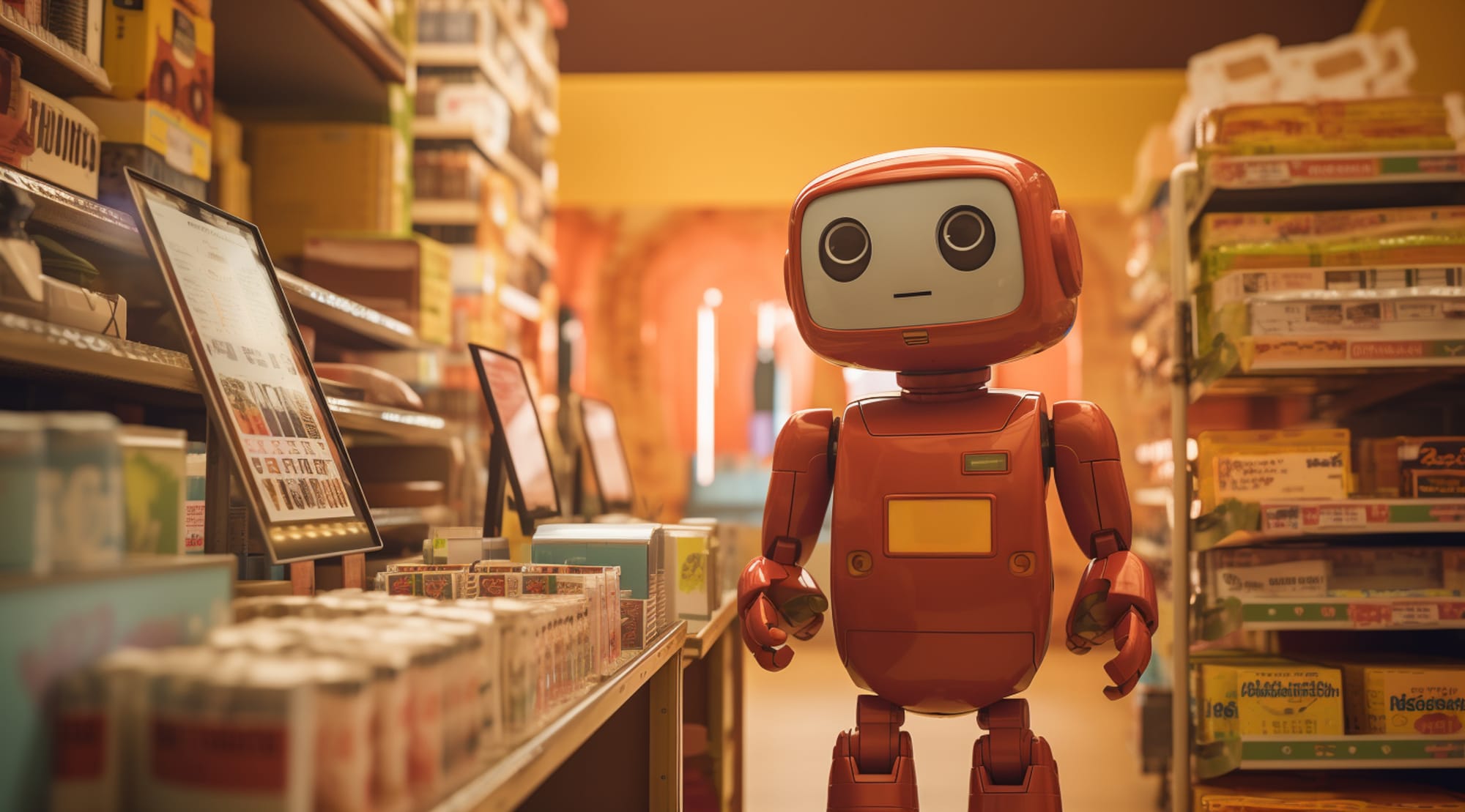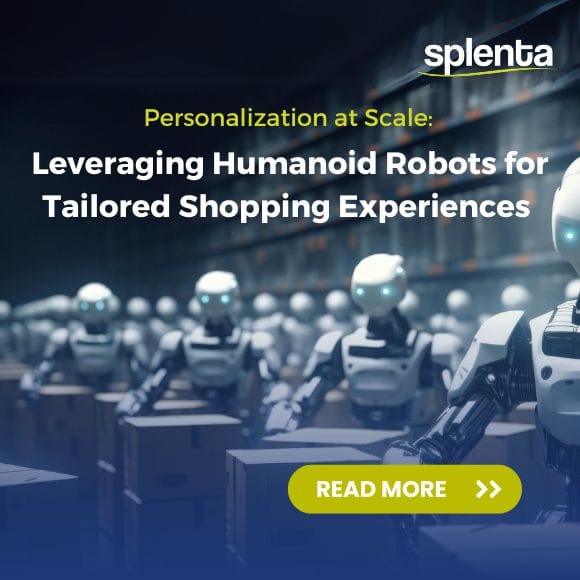In today's digital age, consumers demand personalized experiences that reflect their unique preferences and behaviors. Traditional, one-size-fits-all retail approaches are no longer effective in meeting these expectations. Customers seek to feel valued and understood by the brands they engage with, prompting a shift towards more customer-centric strategies in the retail sector.
Personalization is crucial for retailers looking to stay competitive and drive revenue growth. By leveraging advanced technologies such as data analytics and AI-driven recommendation engines, retailers can tailor their offerings to individual customer needs and preferences. This allows for the delivery of relevant and timely messages, whether through personalized product recommendations, targeted promotions, or tailored marketing campaigns.
Understanding the Need for Personalization:
In today's digital age, consumers expect tailored experiences that resonate with their preferences and behaviors. Generic, one-size-fits-all approaches to retail simply don't cut it anymore. Customers crave personalization, whether it's in-store or online. They want to feel valued and understood by the brands they choose to engage with. This shift in consumer expectations has prompted retailers to rethink their strategies and adopt more customer-centric approaches.
The Rise of Humanoid Robots:
Enter humanoid robots – sophisticated machines designed to mimic human-like interactions. These robots are equipped with advanced artificial intelligence (AI) and machine learning capabilities, enabling them to understand and respond to human emotions and preferences. By integrating humanoid robots into retail environments, companies can create immersive and personalized shopping experiences that leave a lasting impression on customers.
Enhancing Customer Engagement:
One of the key benefits of humanoid robots in retail is their ability to enhance customer engagement. Unlike traditional static displays or digital kiosks, humanoid robots can interact with shoppers in a natural and intuitive manner. Whether it's assisting customers with product inquiries, providing personalized recommendations, or even guiding them through the store, these robots can offer a level of assistance that goes beyond what's possible with human staff alone.

Imagine walking into a retail store and being greeted by a friendly humanoid robot that not only welcomes you but also remembers your past purchases and preferences. As you browse through the aisles, the robot accompanies you, offering helpful suggestions and answering any questions you may have. This personalized assistance not only makes the shopping experience more enjoyable but also increases the likelihood of making a purchase.
Streamlining Operations:
In addition to improving customer engagement, humanoid robots can also streamline various operational tasks within retail environments. From inventory management to shelf restocking, these robots can automate repetitive and time-consuming processes, allowing human employees to focus on more value-added activities. By reducing manual labor and increasing operational efficiency, retailers can optimize their resources and allocate them more effectively, ultimately leading to cost savings and improved profitability.
Driving Revenue Growth:
So, how exactly do humanoid robots benefit the revenue of the retail sector? The answer lies in their ability to deliver personalized shopping experiences at scale. By leveraging AI and machine learning algorithms, these robots can analyze vast amounts of customer data in real-time, allowing retailers to tailor their offerings to individual preferences and behaviors. This level of personalization not only increases customer satisfaction but also drives repeat business and loyalty.
Furthermore, humanoid robots can serve as valuable tools for collecting valuable customer insights and feedback. By analyzing interactions and transactions, retailers can gain a deeper understanding of their customers' needs and preferences, enabling them to make data-driven decisions that enhance the overall shopping experience.
Conclusion
In conclusion, humanoid robots have the potential to revolutionize the retail industry by delivering personalized shopping experiences at scale. By leveraging advanced AI and machine learning technologies, retailers can engage customers in meaningful ways, driving revenue growth and staying ahead of the competition. It's essential to embrace innovation and explore new opportunities for enhancing customer engagement and driving business success. Humanoid robots are not just the future of retail – they're the present.
As we continue to navigate the evolving landscape of retail, let's embrace the power of humanoid robots to create immersive and personalized shopping experiences that delight customers and drive revenue growth. Together, we can redefine the retail experience and shape the future of commerce.

